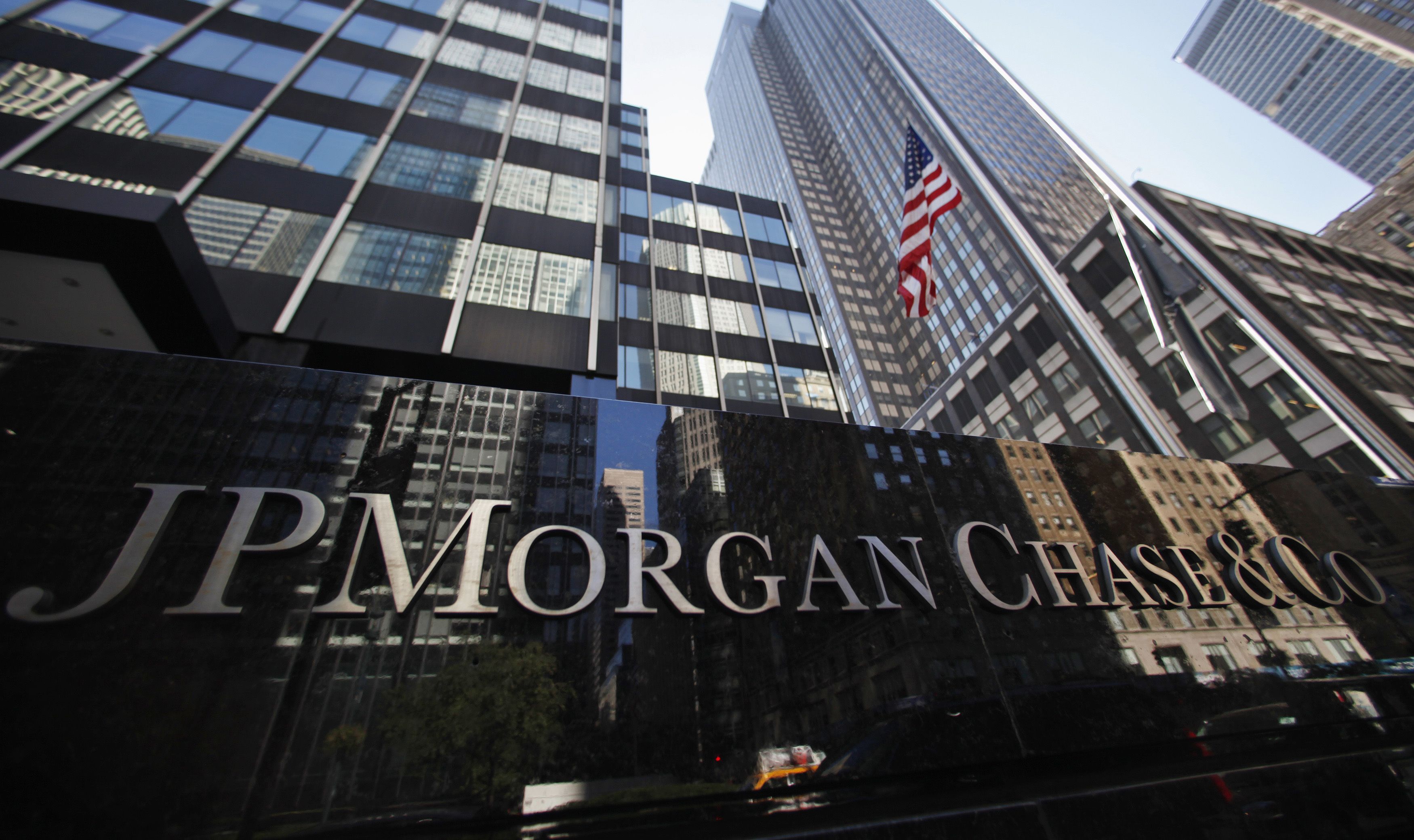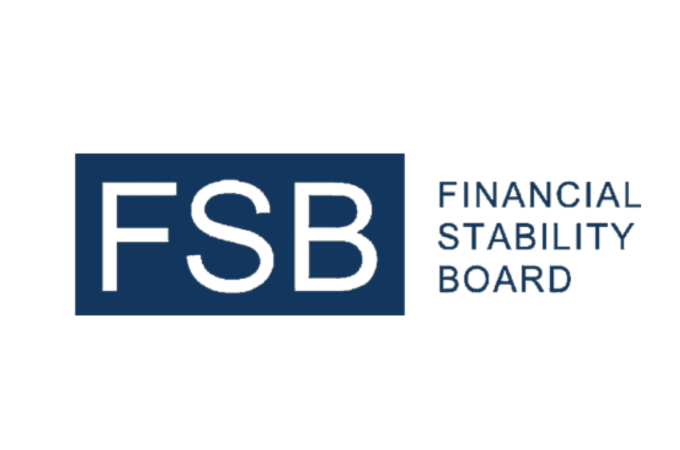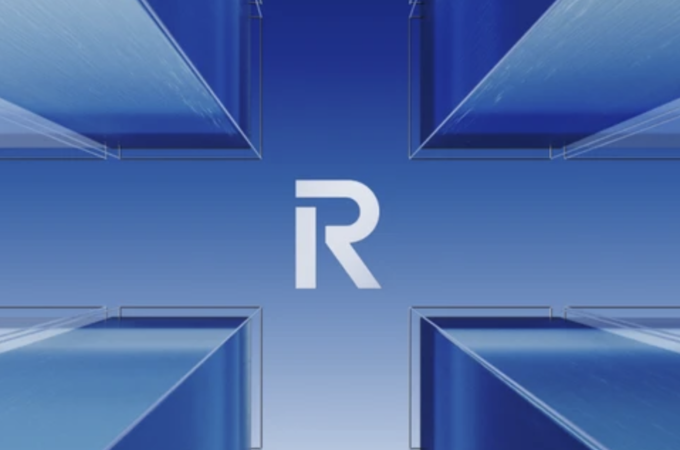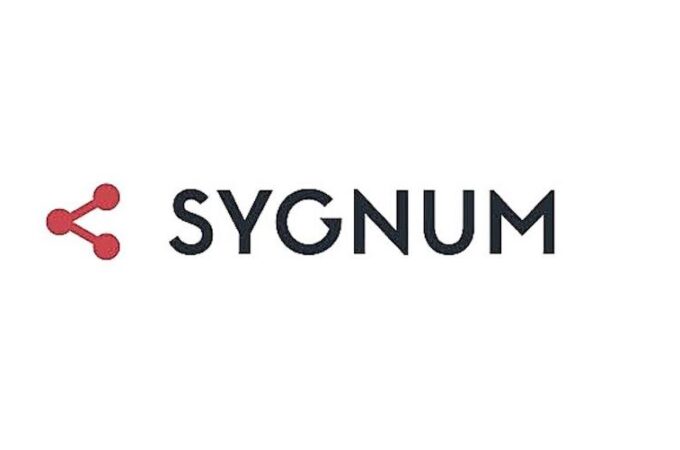
Who’s Better: Digital Banks Or Traditional Banks?
via Forbes
A TV commercial from challenger bank Chime features a woman who says she switched banks because her old bank didn’t help her manage her financial life.
Is that how most consumers feel? And are the challenger (i.e., digital) banks really any better?
Cornerstone Advisors asked US consumers to rate their primary financial institution on a series of attributes, specifically, the extent to which their primary provider:
- Makes it easier to manage your financial life
- Helps reduce the stress of managing your financial life
- Helps me make better decisions about your financial life
- Helps me feel more prepared to manage your financial life
- Is there when I need help managing your financial life
- Provides products and services that meet your preferences and needs
A score was calculated by assigning zero points to a “not at all” answer, 2.5 points for a “somewhat” answer, and five points for a “great extent” answer.
Helping Consumers Manage Their Financial Lives
While the overall scores (recalculated to a 100-point scale) are not much to write home about, banks scored higher for product/service fit and convenience than they did for advice and preparation.

Ranking the Banks
The sample size of the study was large enough to calculate a score for seven large banks. In addition, consumers also identified their primary provider as a digital bank, credit union, or community bank.
It shouldn’t come as a surprise that USAA was the top scoring institution. It may be surprising, however, to see Capital One so close behind—and credit unions so far behind.

Six Conclusions
What should we make of this?
1) Digital banks are proving out the innovator’s dilemma. Just a small minority of consumers consider a digital bank to be their primary provider. But of those that do, many believe that those startups help them better manage their financial lives.
The digital banks scored highly on two attributes in particular: 1) making it easier for consumers to manage their financial lives, and 2) helping consumers make better financial decisions.
A small percentage of consumers choose a bank for its personal financial management tools. But this is what Christensen’s innovator’s dilemma is all about: Capturing a small segment of the market with a different value proposition and growing from there.
As Millennials age, and their financial lives become more complex, they will shift their selection priority from convenience to financial management assistance—enabling the digital banks to grow market share.
2) Millennials don’t hate the big banks. Across every one of the institutions (or type of institution), Millennials rated their primary providers higher than older consumers did. The biggest differential was with the four largest banks—Bank of America, Capital One, JPMorgan Chase, and Wells Fargo.

Note here that, among Millennials, both Capital One and Bank of America score higher than USAA.
Why the difference? Maybe because the attributes that comprise the score are more important to Millennials than to older consumers. A friend (my age) asked me what I was writing about, and when I told him, he said “who cares about that—I never look to my bank for those things.” OK, boomer. Apparently, Millennials do.
3) Capital One gets a java jolt. Surprised to see Capital One rated so highly? I was. Is its mobile banking app that good? The app does have 14 of the 18 advanced features that S&P Global defined in its analysis of banks’ mobile apps. But Bank of America and Wells Fargo both have 17 of the 18 features. So what it could be?
Pure speculation: Capital One customers’ perceptions are influenced by the cafes. With more than 30 Capital One cafes in place in the US, could Cap One customers feel that the bank is doing a superior job of helping them manage their financial lives by offering a different branch experience?
4) Wells Fargo is taking a hit from its scandals. Granted, I didn’t glean that just from just the data point shown above. But comparing the results of a Q3 2018 survey conducted by Cornerstone to the most recent survey shows a drop in the percentage of Millennials—particularly those in their 30s—who call Wells Fargo their primary bank.

Considering that Millennials rated their primary institutions higher on the financial management attributes than older consumers, the drop in Wells Fargo’s Millennial share likely hurt its ratings.
With its richly-featured mobile app, it’s hard to attribute the gap in Wells Fargo’s financial management score relative to the other megabanks—49.4 versus 54.6 for Chase and 60.8 for BofA—to technology. Instead, it suggests that Wells has more work to do from a public perception perspective.
5) Credit unions are deceiving themselves. Credit unions love to tell the world how much their members trust them, and how member-centric they are. I don’t dispute any of that.
But there is, apparently, an execution gap that credit unions need to address. Credit unions ranked ninth or tenth (out of 10 providers/types of providers) on four of the six rated attributes, and eighth on another.
This might help explain why 44% of Millennials call BofA, Chase, and Wells their primary bank.
6) Community banks have some work to do. Community banks’ overall scores for the six attributes rated aren’t particularly strong. To compete more effectively for retail consumers’ business, community banks are going to need to find niches in their markets and focus on excelling on one of two of the attributes (and not the convenience attribute). Simply catching up to the competition won’t be a winning strategy for community banks.
Digital Versus Traditional Banks
Who’s better—digital or traditional banks—depends on what criteria is used to make the determination, and from which perspective (i.e., consumer segment) we’re looking at it from. But there’s a case to made for both sides of the coin.
by Ron Shevlin





